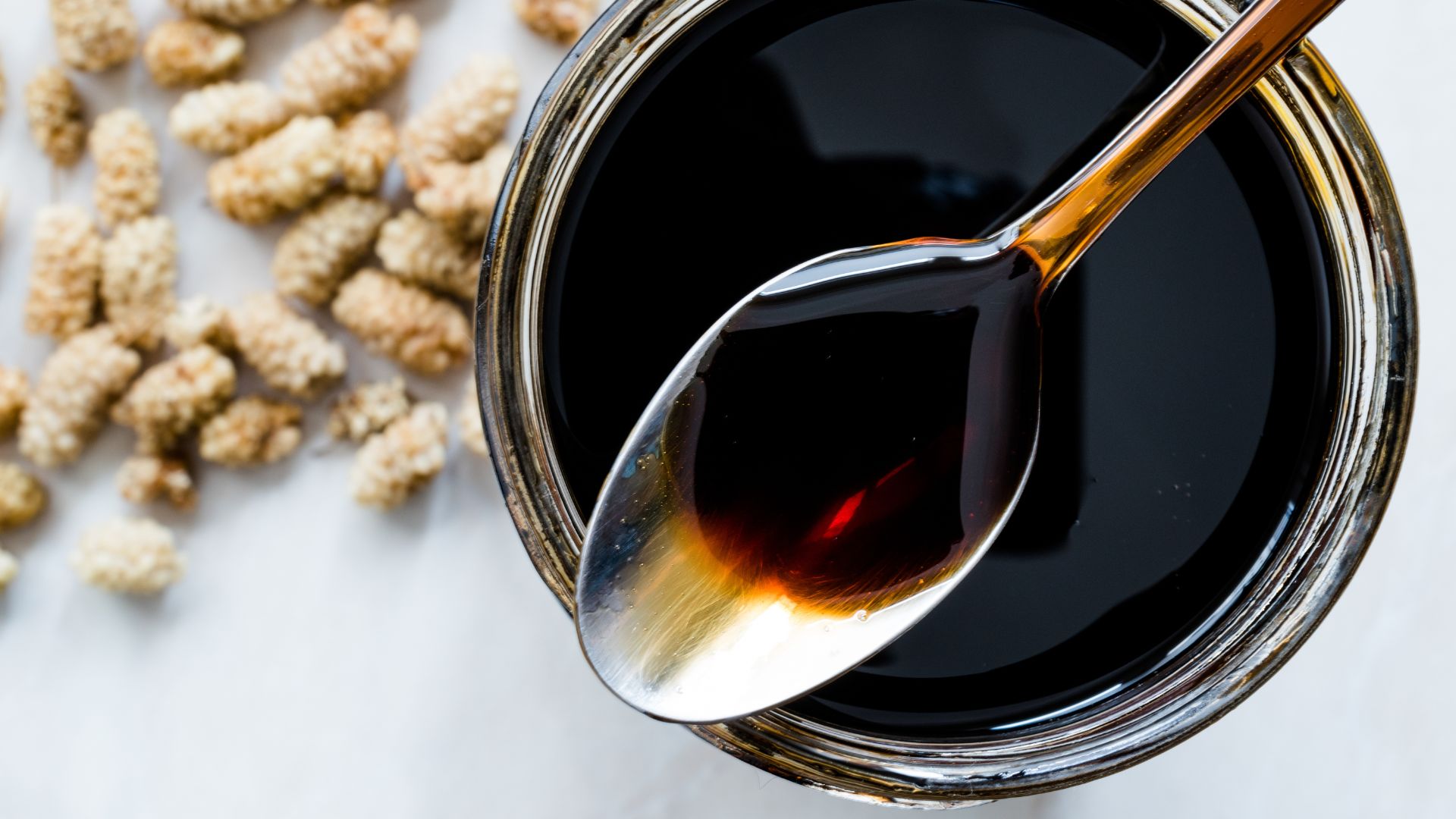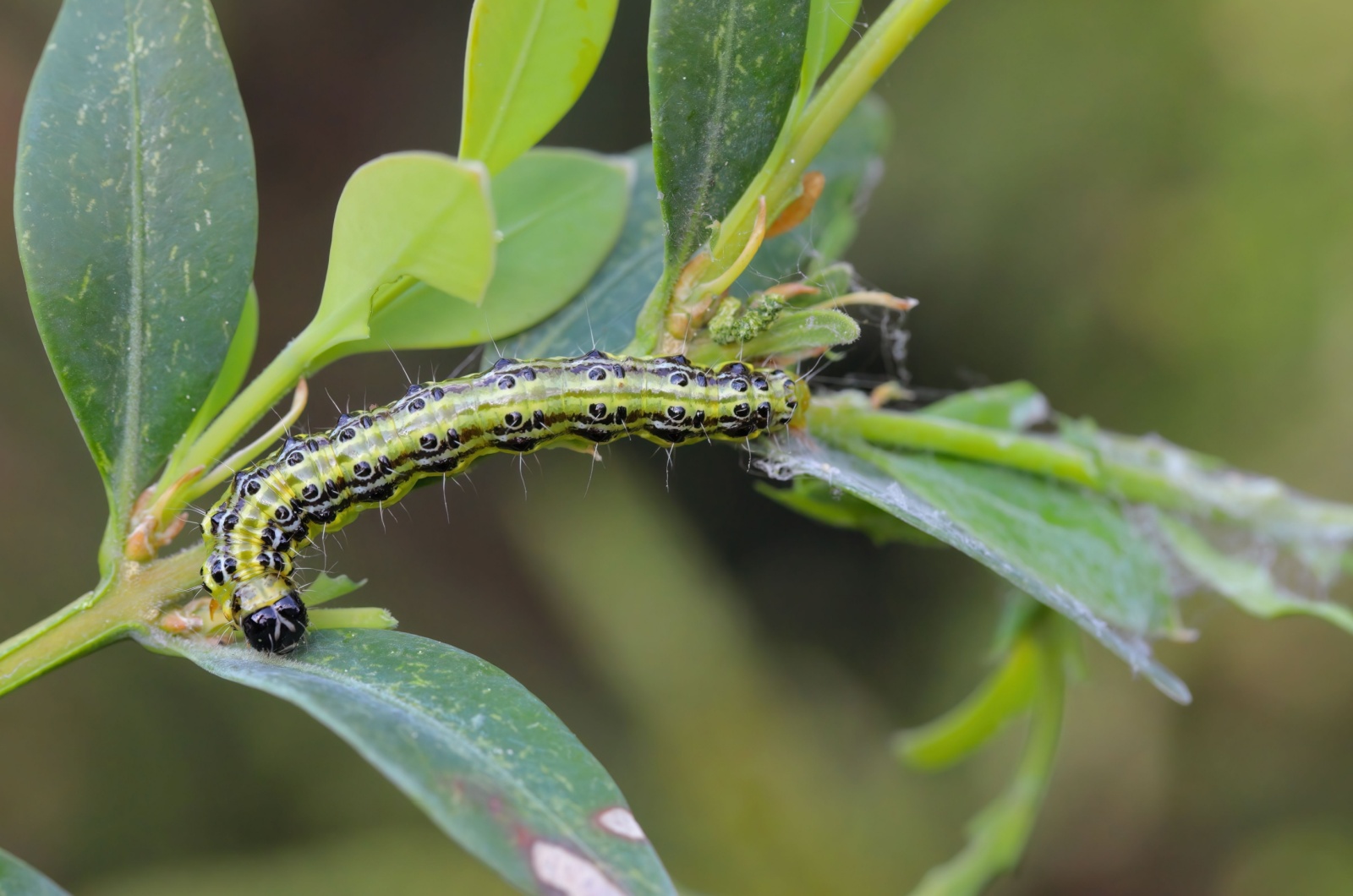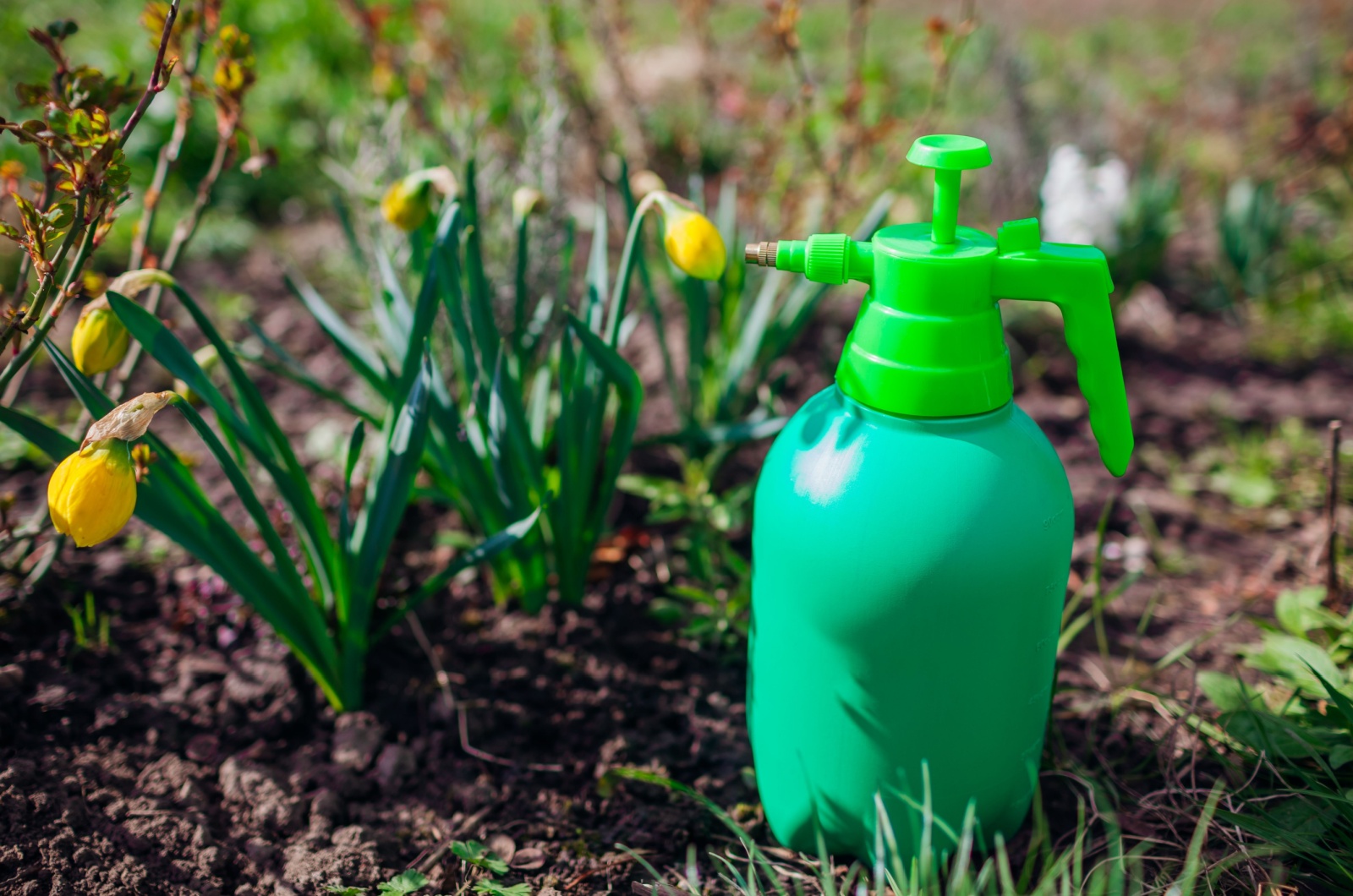Once I really started getting into gardening, I began trying every trick in the book to give my plants a boost. Then, I stumbled upon blackstrap molasses and thought, “Why not?” It turns out, my garden loved it as much as I do in my morning coffee!
Adding blackstrap molasses to your garden is like giving your plants a sweet treat, literally. It’s packed with nutrients and acts like a natural fertilizer, helping your soil and plants thrive.
It’s also a fantastic way to attract beneficial microbes that keep your garden healthy and happy. 🙂
So, if you’ve got a bottle of molasses gathering dust on your shelf, it’s time to put it to work in your garden. But before you dive in, here’s everything you need to know about the benefits of adding blackstrap molasses to your garden, along with the instructions for using it properly!
It Does Wonders To Your Soil
Yep, blackstrap molasses really do wonders for your soil, and here’s why!
You might think that molasses are nutritionally empty, but they are actually packed with nutrients like manganese, magnesium, copper, selenium, calcium, iron, and potassium
Do these sound familiar?
If so, that’s because these nutrients are the same ones you find in commercial fertilizers to give your plants a healthy boost and promote growth.
However, molasses aren’t just plant food; they’re a tasty treat for soil microbes too. These tiny helpers, like azotobacter bacteria, eat this sugary goodness and naturally enrich the soil and add nitrogen to it.
A cool study in the Open Journal of Ecology showed that when blackstrap molasses is mixed with organic fertilizer, it ramps up microbe activity for about four to five weeks.
You are left with better soil structure, drainage, and moisture retention – basically, it turns your soil into a plant paradise.
Plus, The Garden Pests Hate It
Here’s another useful benefit: while molasses work wonders for plants and soil microbes, garden pests aren’t fans.
Applying molasses onto plant foliage discourages chewing insects such as caterpillars, while incorporating it into the soil can serve as a defense against root knot nematodes (I can’t believe that my garden is almost pest-free now!).
Even better, horticultural dry molasses, which is made by coating a carrier grain with liquid molasses, is great for repelling fire ants. That’s because simple sugars in molasses bloat the insects, making it an effective and natural pest control method.
Talk about an eco-friendly way to fight pests without using harsh chemicals!
Follow These Steps To Prepare It For Success
Wondering what kind of molasses are best for your garden?
Choosing between sulfured and unsulfured molasses is crucial. Sulfured molasses undergo treatment with sulfur dioxide to prevent spoilage, yet excessive sulfur content may impact your soil’s pH levels. I opt for the organic, unsulfured one.
You can also find blackstrap molasses made specifically for gardening, available on Amazon for just under $32 per gallon.
Try a dry molasses like this one that can be mixed with water or sprinkled directly over soil if you prefer an easier application.
Now, onto the prep part!
The simplest method is to mix it with water and spray or pour it over the soil.
All you have to do is simply dilute two tablespoons in a gallon of water. You can also mix it with organic fertilizer or use it to enrich store-bought soil for healthier plants.
Make sure to pour the molasses mixture over pre-watered soil for better absorption. Apply it to your garden no more than once every two weeks to avoid affecting the soil pH or overloading with sugars.
I swear by blackstrap molasses nowadays because my garden has never been healthier – the plants are thriving and the soil is teeming with life. Give molasses a try, and you might be as pleasantly surprised as I was!
Also read: Exactly What Does The Color Of Your Garden Soil Mean?




